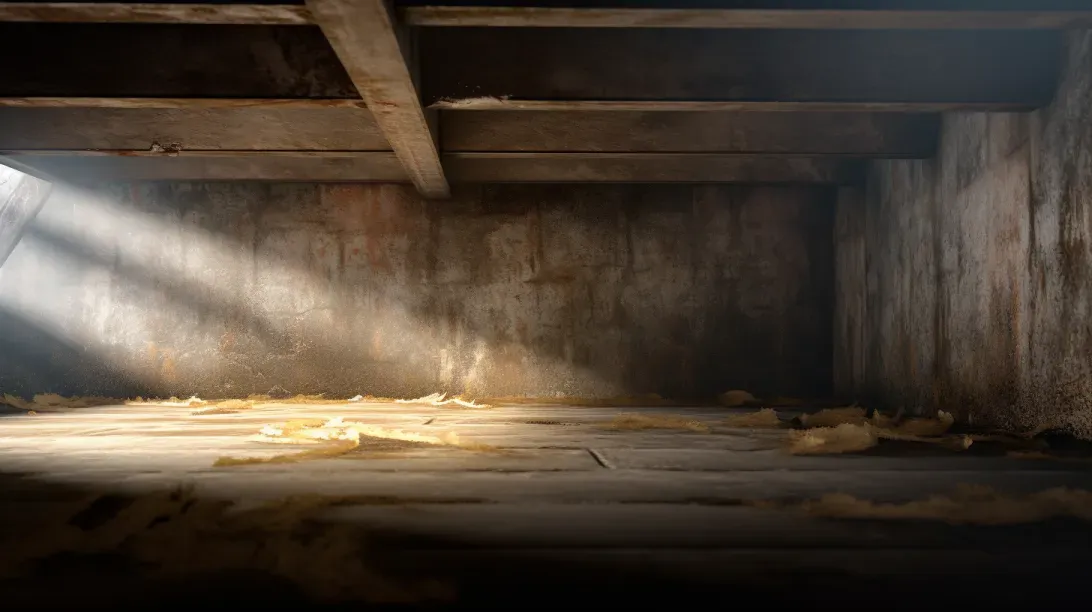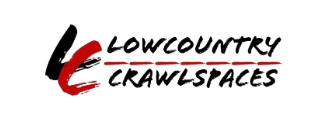Mold Remediation Cost Estimates
Welcome to our comprehensive guide on mold remediation, a crucial process for maintaining a healthy living environment and preserving the integrity of your property. Mold, a common issue in many homes and buildings, can pose significant health risks and cause structural damage if not addressed promptly and effectively.
Understanding Mold Remediation
Mold remediation is more than just cleaning or removing visible mold; it's a comprehensive approach to identifying, containing, and eliminating mold infestations. This process involves several key steps:
- Assessment: Identifying the extent and source of the mold problem.
- Containment: Preventing the spread of mold spores during the cleanup process.
- Removal: Using specialized techniques and equipment to remove mold and affected materials.
- Cleaning: Thoroughly cleaning and disinfecting the area to eliminate residual spores.
- Restoration: Repairing or replacing materials and structures damaged by mold.
The Importance of Timely Action
Delaying mold remediation can have serious consequences:
- Health Risks: Prolonged exposure to mold can lead to respiratory issues, allergic reactions, and other health problems, particularly for those with existing health conditions or sensitivities.
- Property Damage: Mold can weaken structural materials like wood and drywall, leading to costly repairs and potentially compromising the safety of your home.
- Increased Remediation Costs: The longer mold is left untreated, the more it spreads, increasing the scope and cost of remediation efforts.
Join us as we delve into the intricacies of mold remediation, exploring why it's essential to tackle mold issues swiftly and effectively. Our goal is to provide you with the knowledge to understand the remediation process and the importance of acting quickly to protect both your health and your property.
Factors Influencing Mold Remediation Costs
Mold remediation is a critical process for maintaining a healthy living environment, but its costs can vary widely. Several factors influence the cost of mold remediation, including the extent of the infestation, the type of mold, and its location within the property. Understanding these factors can help homeowners prepare for the financial aspects of mold remediation.
Extent of Mold Infestation
The size and severity of a mold infestation are among the most significant factors affecting remediation costs.
Impact of Infestation Size:
- Small Infestations: Minor mold issues, such as those in a small area of a bathroom, are generally less costly to remediate.
- Large Infestations: Extensive mold growth, especially in areas like basements or entire walls, requires more labor, materials, and time, increasing the cost.
Severity and Accessibility:
The severity of the mold problem and the ease of access to the affected area also play a role. Hard-to-reach areas may require additional equipment or effort to remediate.
Type of Mold
Different types of mold can impact the complexity and cost of the remediation process.
Common vs. Toxic Mold:
- Non-Toxic Mold: Common molds, while still requiring professional treatment, are generally less expensive to remediate.
- Toxic Mold: Certain types of mold, like Stachybotrys chartarum (black mold), are toxic and require more stringent, and therefore costly, remediation procedures to ensure complete removal and safety.
Specialized Treatment:
Some molds may require specialized treatment methods or protective measures, which can add to the overall cost.
Location of Mold
The location of the mold within the property significantly influences remediation costs.
Easily Accessible vs. Hard-to-Reach Areas:
Mold in easily accessible areas, like on surface walls, is typically less expensive to treat than mold in hard-to-reach places like inside HVAC systems or within structural elements.
Extent of Damage:
The location can also affect the extent of damage. For example, mold in crawl spaces may cause structural damage, requiring more extensive repairs.
Property Type:
The type of property (residential vs. commercial) and its specific characteristics (like age and general condition) can also affect the cost of mold remediation.
Understanding these key factors – the extent of the infestation, the type of mold, and its location – is essential for homeowners to gauge the potential costs of mold remediation. This knowledge allows for better planning and preparation when addressing mold issues in their properties.
Breakdown of Mold Remediation Expenses
Mold remediation can be a necessary but sometimes costly endeavor. Understanding the breakdown of expenses involved in the process is crucial for homeowners to prepare and budget accordingly. These costs typically include labor, equipment and materials, and additional services.
Labor Costs
Labor costs often constitute a significant portion of the total expense in mold remediation.
Factors Influencing Labor Costs:
- Extent of Infestation: Larger or more severe infestations require more time and manpower, increasing labor costs.
- Expertise Required: The complexity of the mold issue may necessitate specialized professionals, which can impact labor rates.
- Geographical Location: Labor costs can vary depending on the region, with higher costs often seen in urban areas.
Typical Labor Cost Range:
Labor costs for mold remediation can vary widely, but homeowners should expect to see a range based on the scope of the work required.
Equipment and Materials
The cost of equipment and materials used in mold remediation is another crucial component of the overall expense.
Common Equipment and Materials:
- Protective Gear: This includes masks, gloves, and suits to protect workers from mold exposure.
- Mold Remediation Equipment: Air scrubbers, dehumidifiers, and HEPA vacuums are often used to remove mold spores from the air and surfaces.
- Cleaning and Disinfecting Supplies: Specialized cleaning agents designed to kill mold and prevent its return are necessary.
Cost Considerations:
The cost for equipment and materials can vary depending on the severity of the mold issue and the methods used for remediation.
Additional Services
In addition to basic remediation, there are often additional services that may be required, each with its own costs.
Mold Testing and Inspection:
- Before and after remediation, professional mold testing and inspection may be necessary to assess the severity of the problem and confirm the effectiveness of the treatment.
- The cost of these services depends on the size of the area being tested and the number of samples taken.
Restoration Services:
- Post-remediation, some properties may require restoration work, especially if structural elements or fixtures were damaged by mold.
- Restoration costs can vary greatly depending on the extent of the damage and the type of restoration required.
Understanding the breakdown of mold remediation expenses is essential for homeowners. It helps in setting realistic expectations and budgeting appropriately for the process. While costs can vary based on several factors, being informed about these potential expenses is key to managing the remediation process effectively.
DIY vs. Professional Mold Remediation
When facing mold issues in your home, deciding between DIY and professional remediation can be challenging. Each approach has its scenarios where it is most appropriate and cost-effective. Understanding these can help homeowners make informed decisions.
When DIY is Feasible
DIY mold remediation can be a suitable option under certain conditions, especially when the mold problem is minor and contained.
Appropriate Scenarios for DIY:
- Small Area: If the mold covers an area less than 10 square feet, it's generally considered safe for DIY remediation.
- Non-Toxic Mold: For common non-toxic mold types, such as Cladosporium or Penicillium, DIY methods can be effective.
- Surface-Level Mold: Mold that is only on the surface of materials (like tiles or countertops) and hasn’t penetrated deeper structural areas.
DIY Considerations:
Homeowners should have the right protective gear, such as gloves and masks, and use appropriate mold-killing solutions.
It’s important to address the source of moisture that led to the mold growth to prevent recurrence.
Benefits of Professional Remediation
While DIY can be cost-effective for minor issues, professional remediation offers several advantages, particularly for more severe mold problems.
Advantages of Professional Remediation:
- Expert Assessment: Professionals can accurately assess the extent of mold growth, including hidden areas.
- Advanced Techniques: They use advanced techniques and equipment to thoroughly remove mold, which is crucial for extensive or deep-rooted infestations.
- Safety: Professional remediation ensures that mold is removed safely, without risking the spread of spores or exposure to toxic mold types.
- Long-Term Effectiveness: Professionals not only remove the mold but also address the underlying moisture issues, reducing the likelihood of recurrence.
Cost-Effectiveness in the Long Term:
While professional remediation might have a higher upfront cost compared to DIY, it can be more cost-effective in the long term. Properly addressing mold issues can prevent extensive property damage and health risks, which could lead to more significant expenses down the line.
Deciding between DIY and professional mold remediation depends on the size, type, and severity of the mold issue. For minor, surface-level mold problems, DIY can be a practical solution. However, for extensive, deep-rooted, or potentially toxic mold, professional remediation is often the safer and more cost-effective choice in the long run.
Getting and Comparing Estimates for Mold Remediation
When dealing with mold remediation, obtaining and comparing estimates from various service providers is a critical step. It ensures that you receive the best service at a reasonable cost. This guide will provide tips on how to get accurate estimates and effectively compare them.
How to Get Accurate Estimates
Obtaining accurate estimates is essential for planning and budgeting your mold remediation project. Here are some tips to help you get reliable quotes:
Research and Select Reputable Companies:
Start by researching mold remediation companies with good reputations. Look for reviews, ratings, and any certifications they may have in mold remediation.
Request Detailed Estimates:
Ask for detailed estimates that break down the costs of labor, materials, equipment, and any additional services. This level of detail is crucial for comparing different quotes.
Provide Comprehensive Information:
To get an accurate estimate, provide the service providers with as much information as possible about the mold issue, including the extent of the infestation and the affected areas.
Inquire About On-Site Assessments:
Request an on-site assessment if possible. Many companies will offer a more accurate estimate after visually inspecting the affected area.
Comparing and Evaluating Estimates
Once you have received several estimates, the next step is to compare and evaluate them to make an informed decision.
Compare Cost Breakdowns:
Look at how each company breaks down its costs. Be wary of estimates that are significantly lower than others, as this could indicate a lack of thoroughness or hidden costs.
Evaluate Scope of Services:
Compare what each estimate includes in terms of services. Make sure that the scope of work is similar across estimates to ensure a fair comparison.
Check for Additional Fees:
Be aware of any additional fees that might not be included in the initial estimate, such as costs for post-remediation testing or disposal fees.
Consider Experience and Reputation:
While cost is important, also consider the experience, reputation, and professionalism of each company. Sometimes, paying slightly more for a company with a better track record can be more beneficial in the long run.
Ask Questions:
Don’t hesitate to ask the service providers questions about their estimates. Clarify any uncertainties and inquire about any aspects of the mold remediation process.
By carefully obtaining and comparing estimates, you can make an informed decision on the best mold remediation service for your needs. Remember, the cheapest option is not always the best, especially when it comes to addressing mold issues effectively and safely.
Average Cost Ranges for Mold Remediation
Mold remediation costs can vary widely based on the scale of the problem and the location of the property. Understanding these cost ranges can help homeowners budget appropriately for mold remediation projects.
Small-Scale vs. Large-Scale Remediation
The cost of mold remediation largely depends on whether the project is small-scale or large-scale.
Small-Scale Remediation:
- Typical Scenarios: This includes minor mold issues, such as a small patch of mold in a bathroom or on a wall.
- Average Cost Range: For small-scale remediation, homeowners might expect to pay between $500 and $3,000. This cost covers basic mold removal and cleaning of the affected area.
- Factors Influencing Cost: The type of mold, accessibility of the area, and the materials affected can impact the cost.
Large-Scale Remediation:
- Typical Scenarios: Major mold infestations, such as those resulting from flooding or widespread water damage, fall into this category.
- Average Cost Range: Large-scale remediation can cost anywhere from $3,000 to $10,000 or more, depending on the severity and extent of the mold.
- Factors Influencing Cost: Extensive mold growth may require structural repairs, replacement of materials, and more intensive labor, all contributing to higher costs.
Regional Cost Variations
Mold remediation costs can also vary significantly by region or locality, influenced by factors such as local climate, labor rates, and the cost of living.
Climate Impact:
Areas with high humidity or frequent rainfall might experience more mold issues, potentially leading to higher demand and costs for remediation services.
Labor and Living Costs:
- In regions with higher labor rates and cost of living, the overall cost of mold remediation tends to be higher.
- Conversely, areas with lower living costs might see more affordable remediation services.
Local Regulations:
Some regions may have specific regulations or standards for mold remediation, which can impact the cost. Stricter regulations might require more specialized procedures, increasing the cost.
Understanding the average cost ranges for mold remediation, both for small-scale and large-scale projects, as well as regional variations, is crucial for homeowners. This knowledge allows for more accurate budgeting and preparation when addressing mold issues in their properties.
FAQs
Contact Lowcountry Crawlspaces Today!
Lowcountry Crawlspaces will do everything we can to ensure your experience with us is excellent.
Request A FREE Estimate
CHECKOUT RECENT POST
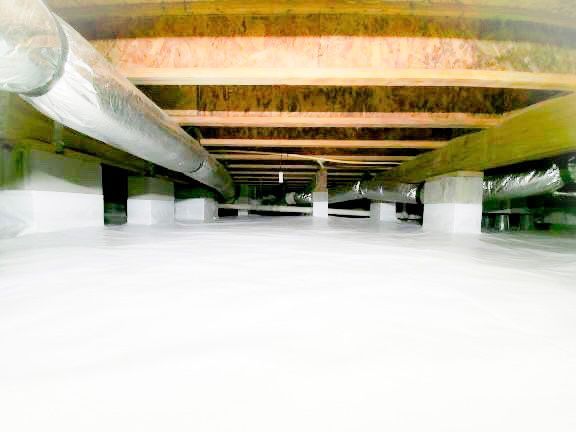
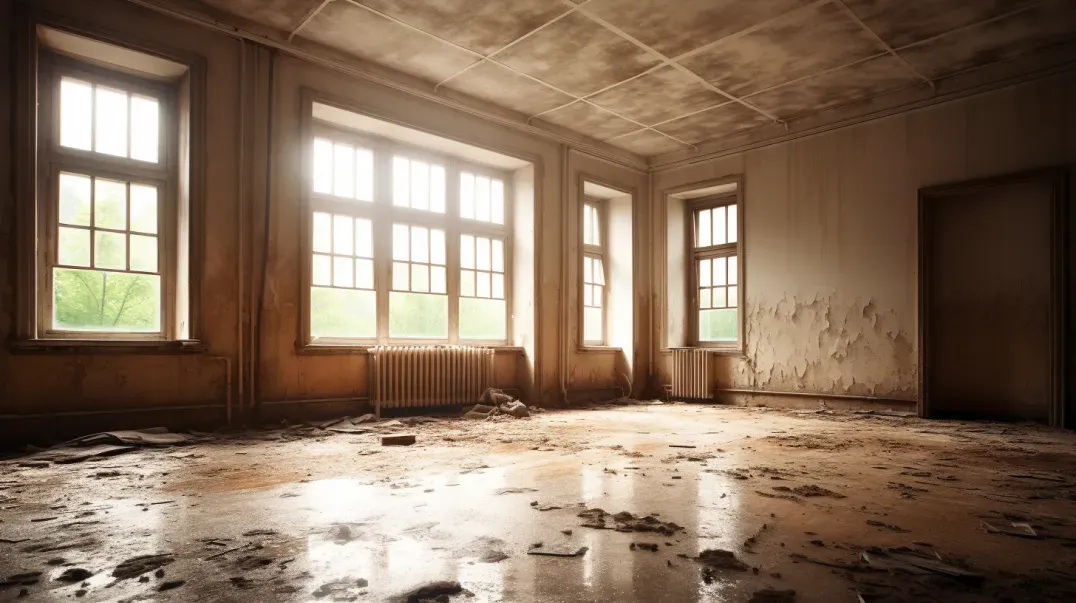
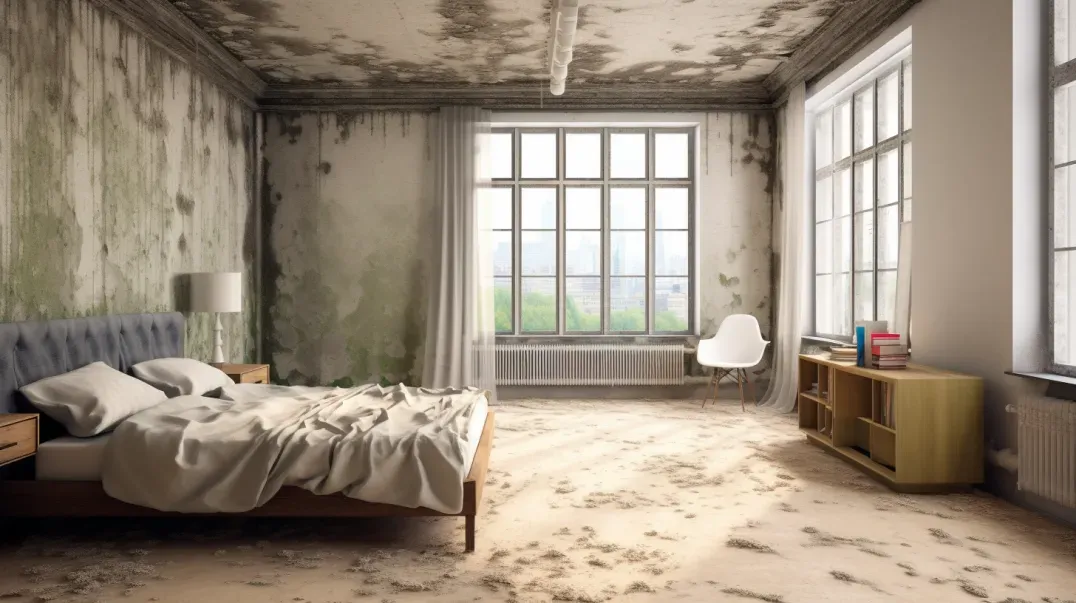
Schedule Your FREE Crawl Space Evaluation Today
There Is No Crawl Space Job We Can’t Fix!



